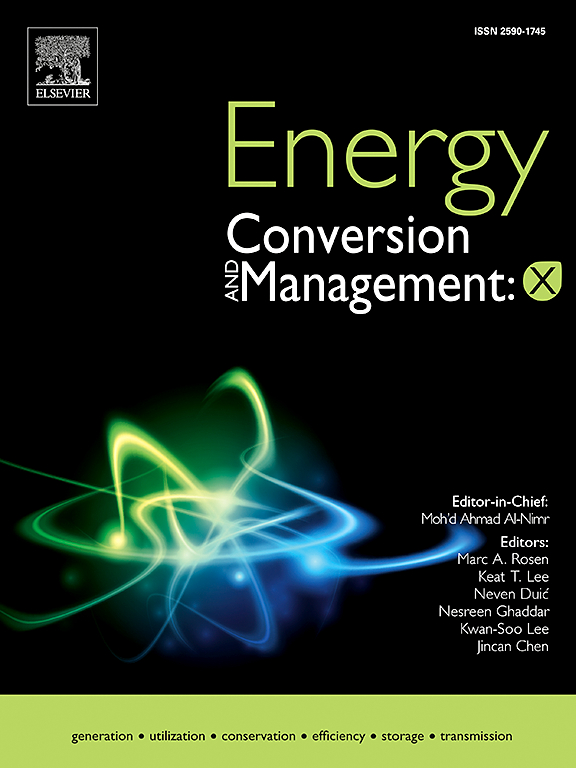Comprehensive performance evaluation and sustainability ranking of battery technologies based on hesitant intuitionistic fuzzy linguistic decision-making
IF 9.9
1区 工程技术
Q1 ENERGY & FUELS
引用次数: 0
Abstract
Battery energy storage systems, in particular emerging systems based on abundant materials such as sodium and potassium are considered as sustainable alternatives to current lithium-based systems. However, sustainability assessment as well as the identification of potential improvement potentials require a complex assessment of multiple factors, including technical, economic, environmental and socio-political aspects. The interdependence and uncertainty of these criteria, particularly with qualitative data related to very different technology readiness levels (TRL), pose a significant challenge for robust assessments. The study proposes a new hesitant-intuitionistic framework for selecting energy storage technologies and to identify relevant improvement potentials, addressing all dimensions of sustainability under linguistic hesitancy and uncertainty. It uniquely incorporates detailed quantitative environmental impact data and raw material-based social sub-factors are also identified as the key factors that influence decision-making. The robustness of the results is validated with an additional fuzzy-decision making approach. Finally, the obstacle degree of each criterion and sub-criteria is conducted along with an uncertainty analysis to identify fields for improvement. The study exemplarily evaluates three different battery chemistries LiFePO4 as state-of-the-art technology, and KFeSO4F and NaNMMT as emerging technologies. First results indicate that the NaNMMT battery is the most sustainable option followed by LiFePO4 and KFeSO4F when socio-political factors are not considered. Whereas LiFePO4 leads when this factor is included with other factors. The study identifies the environmental factor as the most influential in decision-making. Additionally, sub-factors such as cell voltage, energy density, cathode specific capacity, capital cost, price fluctuations, demand growth, and global warming also significantly impact the decision-making process.
求助全文
约1分钟内获得全文
求助全文
来源期刊

Energy Conversion and Management
工程技术-力学
CiteScore
19.00
自引率
11.50%
发文量
1304
审稿时长
17 days
期刊介绍:
The journal Energy Conversion and Management provides a forum for publishing original contributions and comprehensive technical review articles of interdisciplinary and original research on all important energy topics.
The topics considered include energy generation, utilization, conversion, storage, transmission, conservation, management and sustainability. These topics typically involve various types of energy such as mechanical, thermal, nuclear, chemical, electromagnetic, magnetic and electric. These energy types cover all known energy resources, including renewable resources (e.g., solar, bio, hydro, wind, geothermal and ocean energy), fossil fuels and nuclear resources.
 求助内容:
求助内容: 应助结果提醒方式:
应助结果提醒方式:


